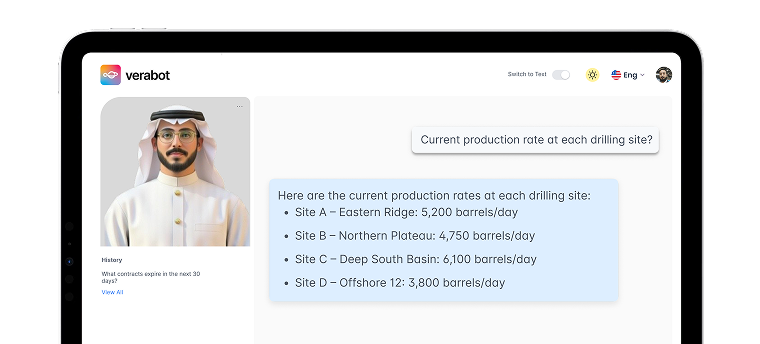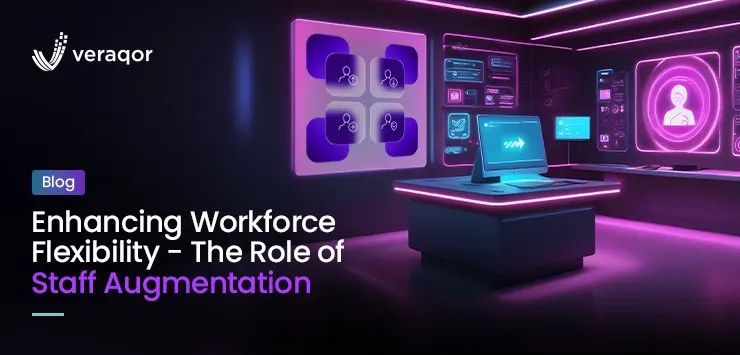In today’s fast-paced business environment, maintaining a flexible and adaptive workforce is more essential than ever. One powerful strategy to achieve this flexibility is staff augmentation, particularly in the IT sector. For business owners looking to stay competitive, understanding and implementing IT staff augmentation can be a game-changer.
What is IT Staff Augmentation?
IT staff augmentation is a business strategy where companies hire external IT professionals to supplement their existing workforce temporarily. These professionals can fill skill gaps, handle specific projects, or increase workforce capacity during peak times. This model allows businesses to scale their teams quickly without the long-term commitments associated with traditional hiring.
By leveraging staff augmentation, companies can access a global talent pool, bringing in experts with the precise skills needed for their projects. This approach ensures that businesses can meet their technical demands without overburdening their permanent staff.
Why is Staff Augmentation Popular in the IT Industry?
Staff augmentation has gained significant traction in the IT industry due to several key reasons:
- Access to Specialized Skills: IT projects often require niche skills that may not be available within the existing team. Staff augmentation allows companies to bring in experts who can deliver on specific technical requirements.
- Cost Efficiency: Traditional hiring processes are time-consuming and expensive. Staff augmentation reduces these costs by providing skilled professionals temporarily, eliminating the need for long-term salary commitments and benefits.
- Flexibility and Scalability: Business needs can change rapidly. Staff augmentation provides the flexibility to scale teams up or down based on project demands, ensuring that companies remain agile and responsive to market conditions.
What are the Types of IT Staff Augmentation?
Understanding the different types of IT staff augmentation is crucial for choosing the right model for your business needs. Here are the main categories:
Commodity-Based Augmentation
This type involves hiring workers for basic tasks that do not require specialized skills. Commodity-based augmentation is ideal for roles such as data entry, or basic technical support. It allows businesses to delegate routine tasks to external workers, freeing up their core team to focus on more strategic activities.
Skill-Based Augmentation
Skill-based augmentation focuses on hiring individuals with specific skills that are not available within the current team. This approach is suitable for projects that require particular technical expertise, such as software development, network engineering, or cybersecurity. By bringing in skilled professionals, companies can ensure that projects are completed efficiently and to a high standard.
Highly-Skilled Augmentation
Highly skilled augmentation involves hiring top-tier professionals for complex and critical tasks. These experts often have advanced knowledge and experience in their fields, making them invaluable for high-stakes projects.
Examples include senior software architects, big data platforms, data scientists, data warehousing, and IT consultants. This type of augmentation is essential for projects that require innovative solutions and strategic insights.
Functional Staff Augmentation
Functional staff augmentation focuses on hiring professionals to perform specific functions or roles within a project.
This can include project managers, quality assurance testers, or business analysts. By augmenting functional roles, businesses can ensure that all aspects of a project are managed effectively and that there is a clear division of responsibilities.
What are Different Types of Staff Augmentation Services?
Staff augmentation services can vary widely based on the provider and the specific needs of the business. Some common types include:
- Onshore Services: Hiring local professionals who can work on-site or remotely. Onshore services offer the advantage of cultural alignment and time zone compatibility.
- Offshore Services: Engaging professionals from other countries, often at a lower cost. Offshore services can provide significant cost savings but may require adjustments in communication and project management.
- Nearshore Services: Hiring professionals from neighboring countries. Nearshore services strike a balance between cost savings and time zone alignment, making them a popular choice for many businesses.
When to Use Staff Augmentation?
Determining the right time to use staff augmentation depends on various factors. Here are some scenarios where it can be particularly beneficial:
- Project-Based Needs: When you have a specific project that requires additional resources or expertise, staff augmentation can provide the necessary support without long-term commitments.
- Skill Gaps: If your team lacks certain skills required for a project, staff augmentation allows you to bring in professionals with the needed expertise.
- Seasonal Demands: For businesses with fluctuating workloads, such as seasonal peaks, staff augmentation provides the flexibility to scale the workforce up or down as needed.
- Cost Management: When budget constraints prevent traditional hiring, staff augmentation offers a cost-effective alternative to meet staffing needs.
How to Choose the Right Staff Augmentation Model?
Selecting the appropriate staff augmentation model involves evaluating your business needs and project requirements. Consider the following steps:
- Assess Project Scope: Determine your project’s size, complexity, and duration. This will help you identify the specific skills and resources required.
- Identify Skill Gaps: Evaluate your existing team’s capabilities and identify any gaps that need to be filled. This will guide you in selecting the right type of augmentation.
- Set Clear Goals: Define the objectives and outcomes you expect from the augmented staff. Clear goals will help align expectations and measure success.
- Evaluate Providers: Research and compare staff augmentation providers based on their expertise, reputation, and cost. Choose a provider that aligns with your business values and project needs.
Choosing the Right Staff Augmentation Service
Once you’ve decided on the type of staff augmentation needed, selecting the right service provider is crucial. Here are some tips to help you make the best choice:
- Reputation and Experience: Look for providers with a proven track record and positive client testimonials. Experienced providers are more likely to understand your needs and deliver quality results.
- Cultural Fit: Ensure that the provider’s work culture aligns with your organization’s values. This can improve collaboration and overall project success.
- Communication and Transparency: Choose a provider that maintains open communication and transparency throughout the project. Regular updates and clear reporting are essential for effective project management.
What are the Benefits of Staff Augmentation?
Staff augmentation offers numerous benefits for businesses looking to enhance workforce flexibility and efficiency. Here are some key advantages:
- Access to Global Talent: Staff augmentation allows companies to tap into a vast pool of talent from around the world, ensuring that they find the best professionals for their projects.
- Cost Savings: By hiring temporary staff, businesses can avoid the costs associated with full-time employment, such as benefits, training, and long-term salaries.
- Increased Flexibility: Staff augmentation provides the flexibility to scale teams up or down based on project demands, allowing businesses to adapt quickly to changing market conditions.
- Reduced Time to Hire: Traditional hiring processes can be time-consuming. Staff augmentation speeds up the hiring process, enabling companies to fill skill gaps and start projects faster.
- Enhanced Productivity: With access to specialized skills and expertise, businesses can complete projects more efficiently and to a higher standard, leading to improved productivity and outcomes..
Frequently Asked Questions
Staff augmentation involves temporarily adding external professionals to your team, offering flexibility and access to specialized skills. On the other hand, outsourcing means assigning entire projects or functions to external companies, focusing on achieving cost savings and operational efficiency.
Staff augmentation involves hiring external workers to meet the organization’s immediate staffing needs and goals. For instance, if your company plans to develop a gaming app and needs seven developers but your in-house team has only four, staff augmentation would fill the gap by providing the additional developers required.
When contracting organizations, they must account for overhead and margin in their labor costs. While contracting directly with individuals can reduce some of these expenses, it also increases internal administrative costs and carries certain risks.
In simple terms, staff augmentation involves supplementing in-house staff by working with a third-party provider. This process entails an organization partnering with a staffing agency, whether general or specialized, to acquire the essential talent needed to fill vacant roles.
Difference between Staff augmentation vs Consulting? Staff augmentation is frequently utilized to evaluate potential new hires before committing to full-time employment. Consulting, on the other hand, is typically used to gain expert advice without hiring the experts full-time or requiring them to relocate.
Conclusion
Staff augmentation offers a powerful solution for businesses looking to enhance their agility, access specialized skills, and manage costs effectively. By understanding the different types of IT staff augmentation and choosing the right model and provider, business owners can leverage this strategy to stay competitive and achieve their goals.
Connect to our experts, take the next step in optimizing your workforce flexibility, and explore the benefits of staff augmentation for your business today






